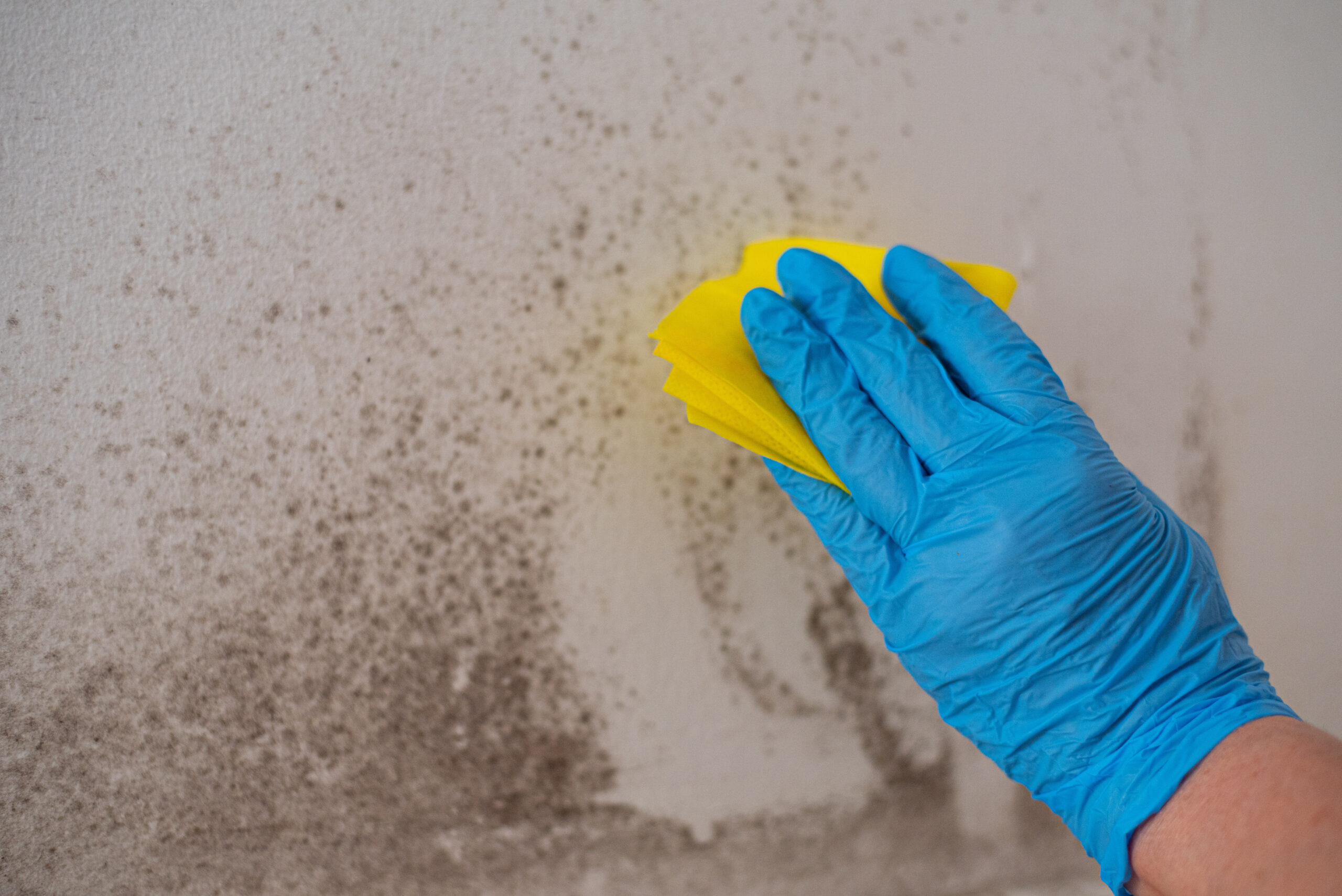The holiday season is a special time of year filled with twinkling lights, Christmas trees fully loaded with ornaments and tinsel, and candles burning brightly. While our holiday decorations bring us the magic and joy of the season, they also introduce potential fire hazards into our homes.
Dried-out trees, unattended candles, and wires exposed to rain and snow are safety concerns that can lead to deadly fires if overlooked. Thankfully, by taking a few precautions, you can mitigate your risk and have a safe holiday knowing that you’ve taken all the right steps!
CHRISTMAS TREE SAFETY
Christmas trees are a huge part of the holiday season. They’re often the highlight of our displays to passersby peeking through our windows from their cars. Unfortunately, they can be one of the biggest fire risks in our homes all year.
Whether you’re a fan of real trees or artificial ones, they both come with risks. Understanding their hazards is key to preventing an accident in your home.
Real Trees: There’s simply something magical about the smell of a freshly cut pine tree in your home during the holidays. But real trees require proper maintenance to stay safe.
“I would advise anyone with a real Christmas tree to take precautions to prevent drying out by checking the water level daily and watering it regularly,” says Rebecca Serratos, a restoration project coordinator at Paul Davis of Northeast Indiana. “I’d also advise people to keep it away from heat sources — like space heaters and fireplaces — and use lights that do not produce as much heat, like LED lights.”
Besides proper maintenance, pay attention to brittle needles, a large amount of needles falling from your tree, and how quickly your tree dries out — these can all indicate your tree is becoming old and a fire hazard.
Artificial Trees: While an artificial tree requires less maintenance than a real tree — and is often considered safer — they come with challenges.
Artificial trees (especially lower-end ones) can be made from cheap materials. If you’re purchasing a new tree, pay attention to the specifications and make sure to buy one that is labeled as flame-resistant. If you’re putting up a seasoned, pre-lit tree, ensure you check all the lights for exposed wires or damaged connections that may start a fire.
INSPECT YOUR HOLIDAY LIGHTS
Outdoor and indoor lights are undoubtedly the star of the show when it comes to holiday decorations. However, improper use and maintenance can turn them into a serious fire hazard.
“If there is a frayed wire or some other issue, replace the cord or decoration instead of reaching for the electrical tape,” Serratos says. “Also, read the manufacturer’s instructions and warnings before setting up your display. This will help to ensure you aren’t overloading any circuits.”
Warning signs that your lights need to be replaced include damaged cords, missing and broken bulbs, and damaged prongs. When possible, use LED lights for your displays as they run cooler and are more energy efficient.
USE EXTENSION CORDS WISELY
If you tend to go over the top with your light display (or you don’t have many exterior outlets), it may be tempting to use a lot of extension cords. While they are convenient, not all extension cords are created equally.
When putting up lights outdoors, make sure you’re only using extension cords that are rated for outdoor use. They are heavier-duty and made to withstand the elements. Serratos adds that it’s also dangerous to use a three-prong plug that’s missing the ground post or — worse — to remove the ground to fit the plug in an outlet.
When running cords indoors, never run them under a rug as it can trap heat, which can build up and ignite. It’s also a good idea to spread your cords out across multiple outlets instead of trying to cram them all into one — this will distribute the electrical load more evenly and prevent overloading the outlet.
CREATE A FIRE SAFETY PLAN
There aren’t just more decorations up during the holidays, there are also more guests stopping by your home, too! Making sure that you have a fire safety plan and checklist will go a long way in protecting your home and your guests.
Perform A Safety Check: If you have more people walking around your home, there are more chances they can trip or bump into things that you instinctively know to avoid.
Take a walk through your home and perform a general safety check before any guests arrive. Neatly organize any wires to help prevent trip hazards. If you have any delicate decorations or ones that could pose an extra risk to your guests, make sure you discuss the situation with them when they arrive.
If you have guests coming to your home for their first visit, make sure you mention the exits when giving them a tour!
Inspect Your Fire Prevention Equipment: Your smoke detector is your best friend all year round, but that’s never more true than during winter and the holidays. The same is true for your carbon monoxide detectors and fire extinguishers.
“Carbon monoxide and smoke detectors are designed to make a home safe by providing warning in the event of an emergency, giving everyone in the home a chance to escape before the situation becomes more dangerous,” Serratos says. “Fire extinguishers need to be checked to make sure they function properly. Taking these steps can lead to a safer holiday season.”
CALL THE DIFFERENCE MAKERS AT PAUL DAVIS IF YOU NEED HELP
Staying fire-safe is important all year, but it’s even more critical during the holidays and winter. From the increased risk of electrical fires and the usage of space heaters and fireplaces.
Prioritizing safety with your decorations will ensure the holidays remain joyful and full of cherished memories with your loved ones. Take the time to inspect your electrical devices and make sure your heaters and lights are unplugged when unattended or not in use.
If a fire does occur, it is important to act quickly to secure your home and complete winterization. The Difference Makers at Paul Davis of Northeast Indiana are ready to help get your home back in shape for the holidays whenever a fire may happen. Call us today at 260-436-7510 to speak with a fire restoration specialist.






